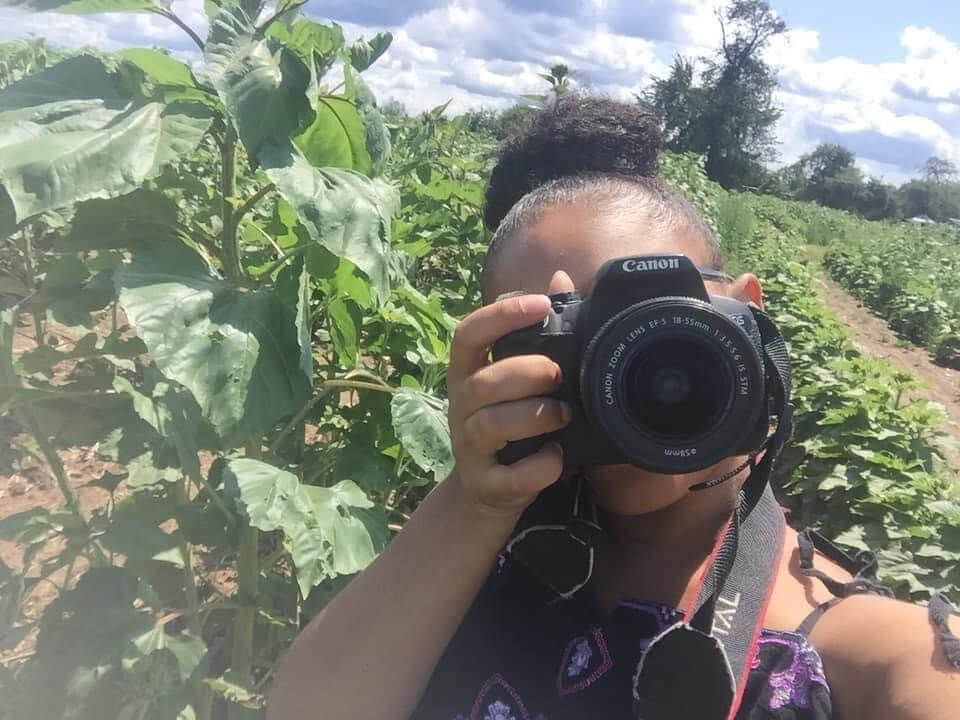What Are The Basics?: Understand The Big Three In Photography
- Jun 22, 2021
- 2 min read
Updated: Aug 9, 2021
To become the best photographer you can be you must understand Aperture, Shutter Speed, and ISO. Each function goes hand in hand. All three combined is what creates your image. Sure you think what about the Auto Mode? Doesn’t this do all the work for you? Yes and no. Your camera is making an educated guess. This doesn’t mean you will get the exact shot you were looking for.

Aperture
Is the hole in the Lena that allows light to pass through the lens, into the camera body and onto the cameras sensor. Aperture is expressed by F-stop or by F-numbers. This describes how open or closed the Aperture is. Different F-stops can also be expressed with words such as wide, middle, and narrow.
Examples
f/1.4 , f/4.0 , f/8.0
F-Stop - the F-number of the cameras lens. The ratio of the systems focal length to the diameter of the entrance pupil.
Shutter Speed
The measurement of time and how long the sensor will be exposed to light. This is shown in fractions or seconds. It’s responsible for changing the brightness and sharpness of a photo. The camera shutter is what creates Shutter Speed. The shutter is a curtain in front of the camera sensor that remains closed until the camera shoots again.
Examples
1/30 , 1/60 , 1/125
How Does Aperture Affect Shutter Speed?
When you use a low F-stop, more light can enter the lens. The shutter doesn’t need to stay open as long to get the right exposure. This translates into having a faster Shutter Speed. Using a wide Aperture and a fast Shutter Speed, can give you the same amount of light to the sensor just like using a slow shutter speed with a narrow Aperture.
ISO
The numerical measures of an image sensors sensitivity to light. The light gathering on a camera. In more simple terms, this setting will brighten or darken a photo. Playing around with ISO levels will give different looks to your photos. Be sure to know that this will come to a cost. When you raise the ISO, the noise in your image rises as well.
Examples
100, 800, 1600
ISO - stands for the International Organization for Standardization.
How Aperture, Shutter Speed & ISO Work Together?
Aperture, Shutter Speed, and ISO work as one to create an exposure. Light hits the lens (Aperture), then goes to the shutter curtain (Shutter Speed), after that the sensor gathers the light (ISO), which is how you control how light or dark the image will be. Once that is completed the shutter closes which will block all light from reaching the cameras sensor.
Photography isn’t all about technical work and how the camera takes an image. It’s about snapping a shot and being confident about what you have created. Understanding why the photo came out how it did. To always be prepared on how you constructed your photo. Think of yourself as a digital painter, you control how much color, shade, light and so much more that can create your masterpiece/image. You start with a blank canvas, and decide how you want that photo to look. A painter thinks about what brush and paint to use, just how you would decide what Aperture, Shutter Speed and ISO.
Written By : Ahrian Stevens




Comments